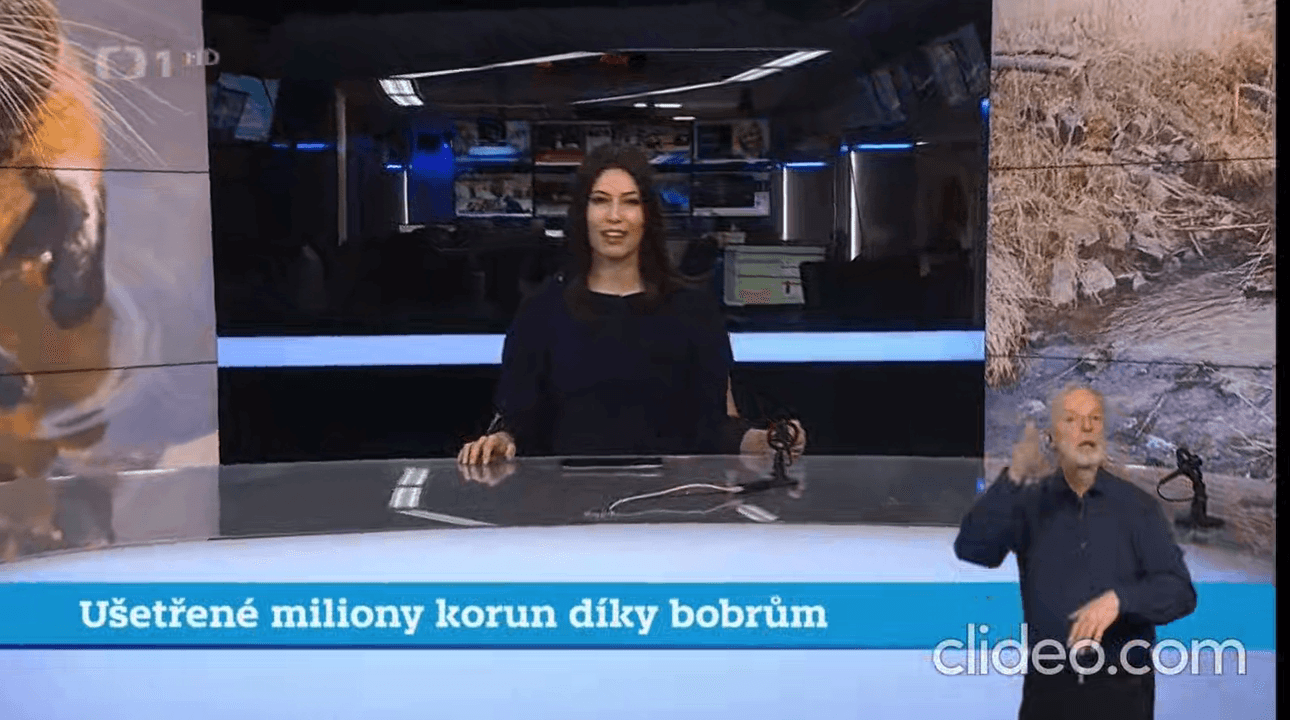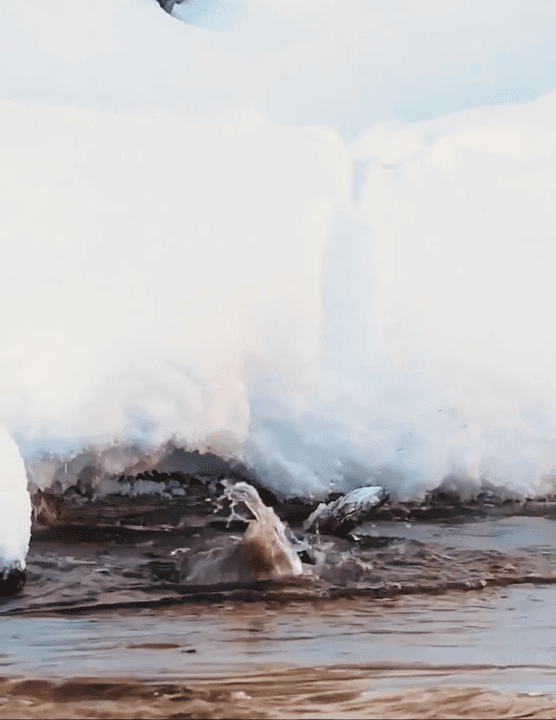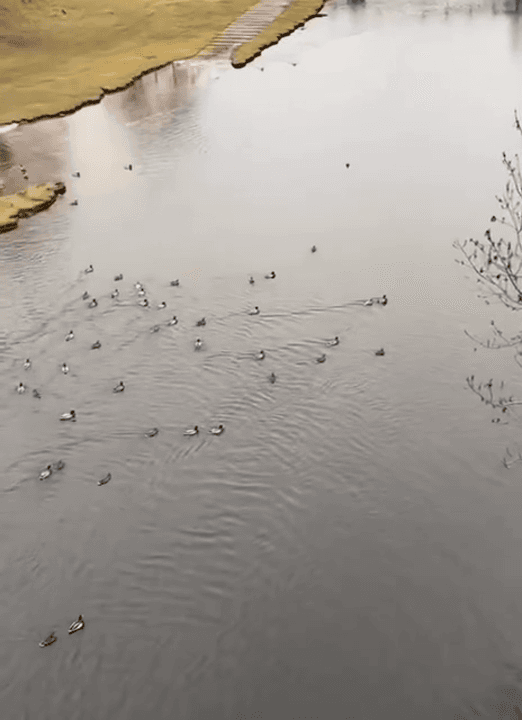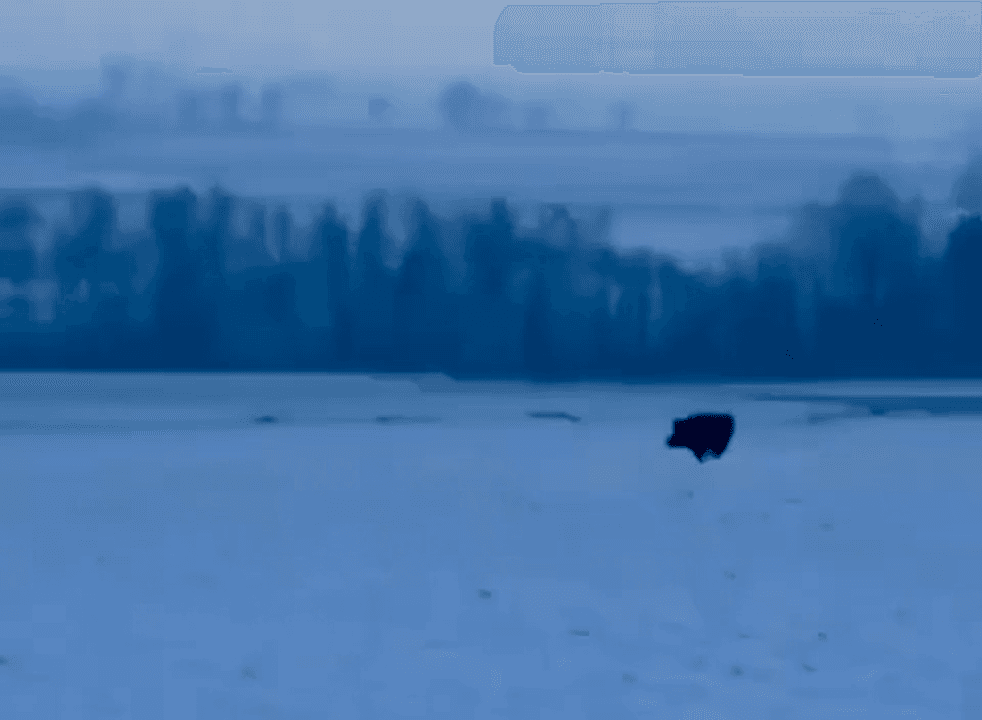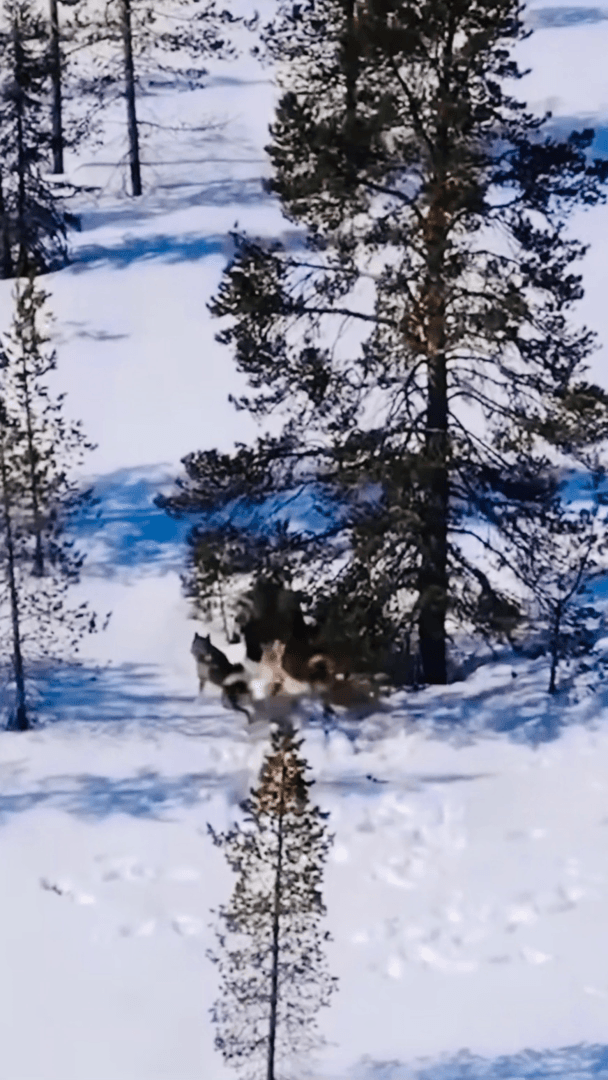What are sacred forests? Sacred forests and groves are primeval woodlands that different faith communities around the world have safeguarded for centuries as abodes of the spiritual or the divine. Thousands of sacred forests have survived. They're the church forests in Ethiopia's highlands, hillside groves considered holy by Catholics in Italy, woodlands revered by Shinto practitioners in Japan and Indigenous people in Siberia, Australia, the Americas and India. Sacred forests are also treasure troves of biodiversity and are often the last bastion for species of flora and fauna that have become rare or even extinct elsewhere in those regions. Climate change, pollution and urbanization pose threats to these sacred spaces. Tended for generations by faithful caretakers, environmentalists and governments are now making a push to protect these areas as well. Why are forests sacred? In many parts of the world, small groves or larger forests have been preserved because the local people c
Post: 18 June 09:24
















